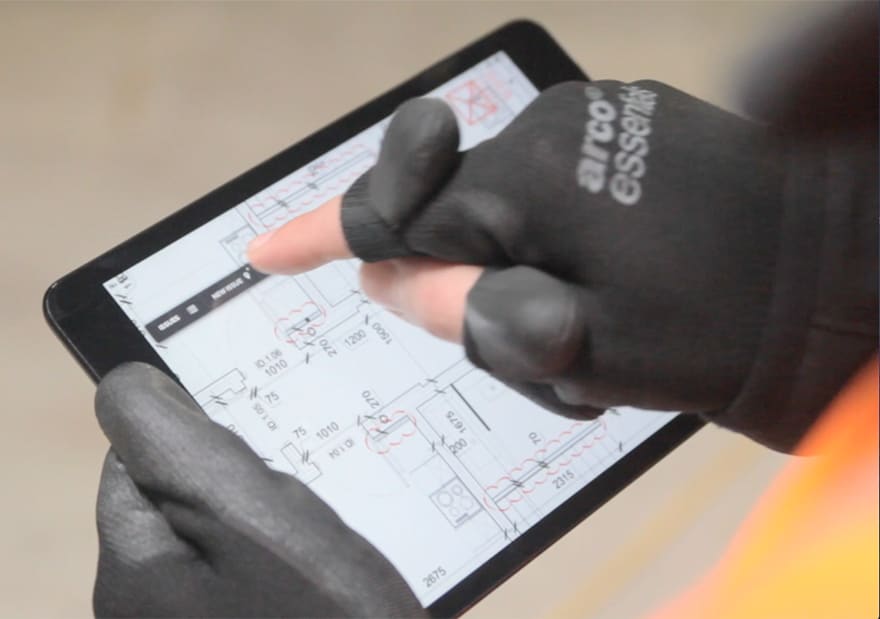The winner of Best Application of Technology at the inaugural Digital Construction Awards is now turning its attention to SME users and signing up at least 10 new organisations a week.
The mobile and web-based collaboration tool BaseStone aims to reduce the administration burden on construction teams by enabling them to digitally access, capture and communicate information across a project.
The platform has been used extensively on Crossrail, and on the London Underground Bakerloo Line Link it helped the Costain Skanska joint venture increase productivity by 60%, an achievement that won the Digital Construction Award at Digital Construction Week. Other big name clients include Alstom, Balfour Beatty, WSP and Mott MacDonald.
Now the London-based start-up is turning its attention to tier two, three and four contractors in response to positive feedback from SMEs that used it on Crossrail.
Alexander Siljanovski, founder and CEO of BaseStone, told BIM+: “On Crossrail, we found we could penetrate the entire supply chain, from the client, the designer and the main contractor, down to tier two and three contractors. The original product is very flexible, but smaller firms need something clear, end-to-end and singular.

BaseStone allows operatives to mark up drawings on tablets in the field
“We recently opened up the platform to help us develop a more SME friendly configuration, we are currently signing up over 10 new organisations per week.”
Two specialist contractors on the new Tottenham Hotspur FC stadium in north London are now using BaseStone to evidence the installation of audio visual equipment and mechanical, electrical and plumbing systems during fit out works.
BaseStone was originally developed to reduce paperwork involved in the drawing review process. Prior to implementing BaseStone, contractors on Crossrail had to print up-to-date drawings, mark them up by hand, then submit them for approval, in a time-consuming and difficult-to-manage process that often resulted in communication errors.
BaseStone enabled them to mark up drawings on tablets in the field, progressively creating as-builts during construction as and when changes were observed. All changes were updated and communicated to project stakeholders via the cloud.
Now the product is moving into the area of quality assurance to enable contractors to provide evidence that work has been completed to client specifications. When used across projects, Siljanovski says this can create a quasi real-time map of progress on site and a strategic overview of what needs to be achieved before handover.
“It’s a different way to track progress, it is about becoming more proactive, identifying the things that need to be evidenced to show that work has been done correctly and that progress has been made towards project goals,” he says.
We’re getting more traction with projects like HS2 because engineers that used the platform on Crossrail have moved on and recommended our solution, it’s the best feedback we could hope for.– Alexander Siljanovski, CEO, BaseStone
Where many project management tools track the programme to see where things should be versus where they are, BaseStone aims to catch problems early and check that a Quality Plan is being followed at every step to reduce risk.
The start-up is now looking to secure more venture capital funding to further develop the tool and plans are also afoot to target work on HS2 now that joint ventures are coming online.
“We’re getting more traction with projects like HS2 because engineers that used the platform on Crossrail have moved on and recommended our solution, it’s the best feedback we could hope for,” says Siljanovski.
The Bakerloo Line Link project that won BaseStone a Digital Construction Award was focused on delivering digital end-to-end defect management across the Costain Skanska JV construction team, their supply chain and client London Underground.
It enabled full onsite defect capture and sign-off, productivity gains were measured to be equivalent to 57 hours per engineer per month, and the defect management process was close to three times faster than before implementation.












